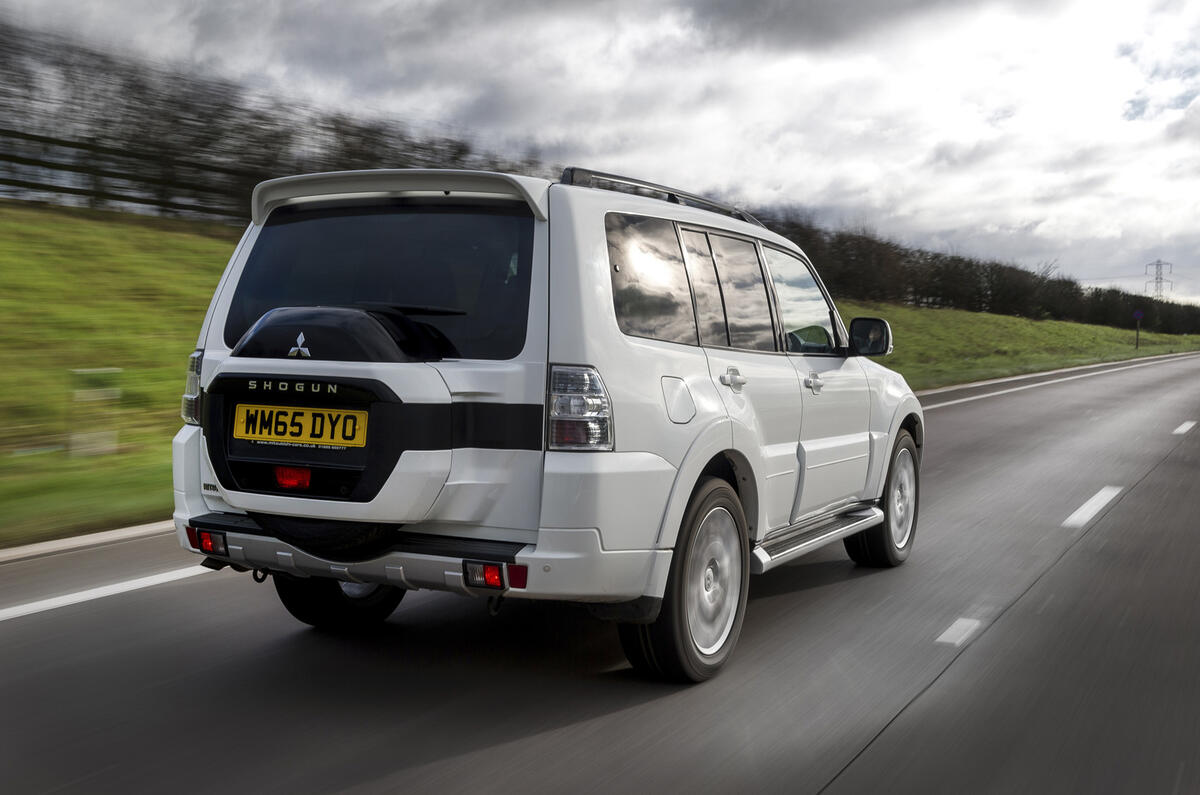The Mitsubishi Shogun used to enjoy a massive market share thanks to the number of buyers seeking a robust, rugged but comfortable SUV without the Range Rover price tag.
Since then, environmental pressures - both financial and social - have polarised the SUV market. Upmarket models sell in good numbers as an alternative to luxury cars, but the volume arena has shrunk, succeeding mainly where buyers need them for more practical reasons.
It's no surprise that the Shogun sells best in rural areas. As it's never had the 'Chelsea Tractor' tag, its less sensitive to changes in fashion, hence why the Shogun last received its significant revamp in 2006, before the latest changes in 2012.
The major mechanicals were introduced at the turn of the millennium. Two passenger car versions are available, alongside a commercial vehicle version. The models of interest to Autocar are the five seat short and seven seat long wheelbase configurations.
Both models have the air of ruggedness in their design, with the spare wheel mounted on the tailgate and plastic mouldings around the bottom of the car. Its off-road credentials back up the look. It has four driving modes - rear wheel drive, full time four-wheel drive, four-wheel with a locking centre diff and low-range gearing for more extreme off-road use.
Changes for the 2012 model year include some styling tweaks, but most importantly, a Euro V-compliant engine. Fundamentally though, the Shogun and its engine are dated.






































